- Get link
- X
- Other Apps
Gear Inches Understanding Your Gear Ratios The best way to compare chainring and cassette combinations between bikes is to check their gear inches. The highest gear ratio is 28t with 12t.
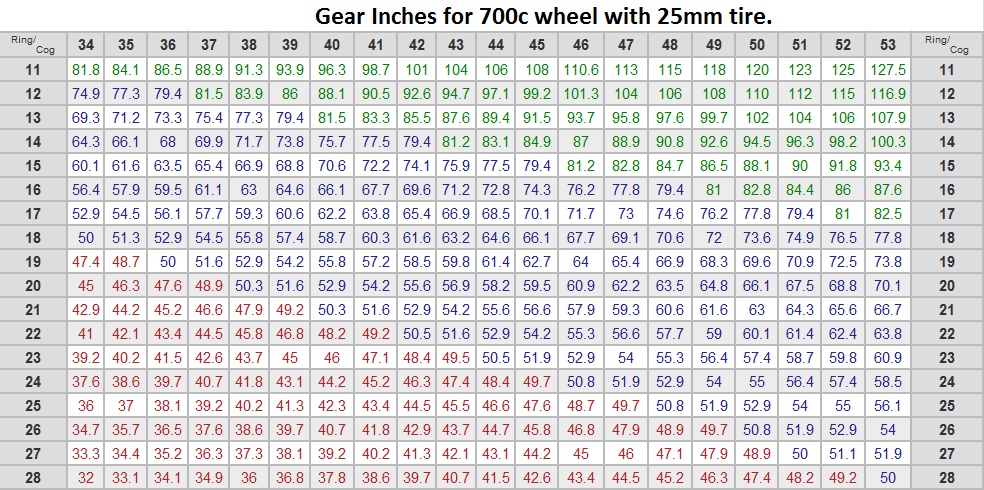 Bike Gear Ratios What Size Should You Run I Love Bicycling
Bike Gear Ratios What Size Should You Run I Love Bicycling
This allows fine adjustment of gear ratios to suit the conditions and maintain a consistent pedalling speed.

Cycling gear ratios. The 16 options give you a much more even progression through the gears. Racing cyclists often have gears with a small relative difference of around 7 to 10. Fundamentally a lower number of teeth on the chainrings results in an easier gear while conversely a lower number of teeth on the cassette provides more resistance and therefore a bigger gear.
Cassettes marked with an are made using either a OneUp 1640 or 1642 or Wolf Tooth 40 or 42 tooth conversion. 50 11. Ratio of the lowest gear of your setup.
Ratio of the highest gear of your setup. Moving your mouse over the ratio will show speed you will achieve by pedaling at 100 rpm. For example when a 53T chainring is.
For Adults gearing is normally gearing is unrestricted so you can use any outlined above Most 250m Velodromes like Manchester Velodrome restricts gearing in its Accreditation and Training sessions to 84 inches Imperial Gear Chart for Adults and 74 inches for Children see the Velodrome Shop Track Cycling Gear Charts above for details of how to achieve these setups. What Gearing Can I Use. Common gear ratios are 39t or 42t for the inner ring and 52t or 53t for the outer.
This 5012 gear ratio means that every turn of your pedals is multiplied by the gear to make your wheel rotate just over four times 501242. This gear is your biggest gear it is the hardest to push but for each pedal rotation it will give you the greatest distance. Gear ratios on a bicycle are expressed in inches or cm as an effective wheel diameter.
Lets say I am in the hardest gear on each which means I would be riding on the 50 tooth ring on the front and the 11 tooth ring on the back. 80 is green 50ish-80 blue and below 50 red. 15 rânduri How to calculate bicycle gear ratio.
Gear inches wheel diameter in inches number of teeth in front. A larger number indicates a large gear that is harder to turn over and is used for higher speed. To get our gear ratio we divide the number of teeth on the front by the number on the back.
Shows table of all possible chainringsprocket combinations with gear ratio. If your biggest chainring has 52 teeth and youre turning a 26-tooth cog at. A smaller number is easier to accelerate and can still be pushed on steep climbs.
Its the diameter of the wheel times the size of the front chainring divided by the size of the rear cog. A ratio of 2331. The first row of the chart is the 7 gear ratios we have with the smallest 28t chainring selected.
Colors group similar values. Most bikes with derailleur gears have either 5 6 7 8 9 10 or even 11 or 12 sprockets on the hub along with 1 2 or 3 chainrings. The ratios are 040 for the Mountain Drive 165 for the Speed Drive and 250 for the High Speed Drive.
Pedalling in the highest gear. That means that a 300 per cent range would offer a 31 ratio. Theyre very easy to calculate.
Gear ratios in the bike gear ratio chart are determined by dividing the number of teeth on the front chainring by the number of teeth on the rear cog. A standard double set-up is usually the preferred choice for racing offering the largest chainring sizes for the. The calculator has now been updated to accommodate up to 12 speed rear.
If youre using a Schlumpf Drive plus an internal-gear rear hub you should enter the actual number of teeth of the front chainring for the first chainring and this number of teeth times the Schlumpf ratio for the second chainring. At a basic level gears allow a rider to vary the effort required at the cranks to turn the rear wheel for a given speed. Simple just divide your rear cog size from your front.
Gear range is often specified as a percentage that describes the overall range offered by the system. Calculating the number of wheel revolutions produced by a bikes gearing is simply a matter of determining the ratio of the chainring to the rear sprocket. The gear ratio combined with the circumference of your wheel and tyre determines how far you will travel with each revolution of the cranks.
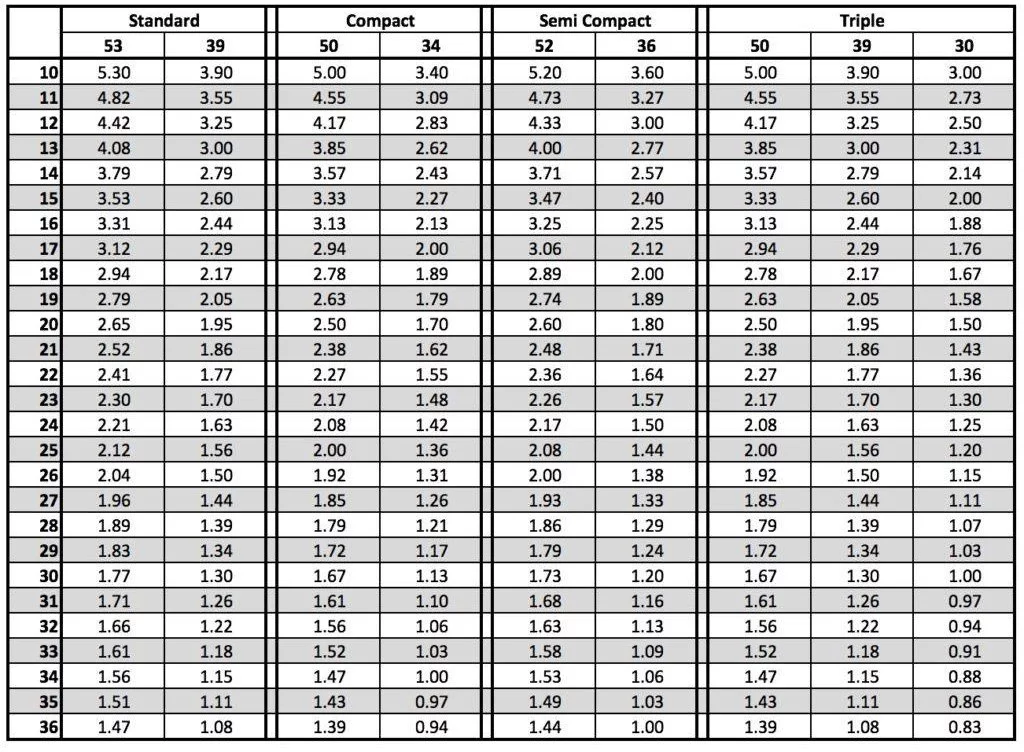 Bike Gears Explained A Beginners Guide To Bike Gears
Bike Gears Explained A Beginners Guide To Bike Gears
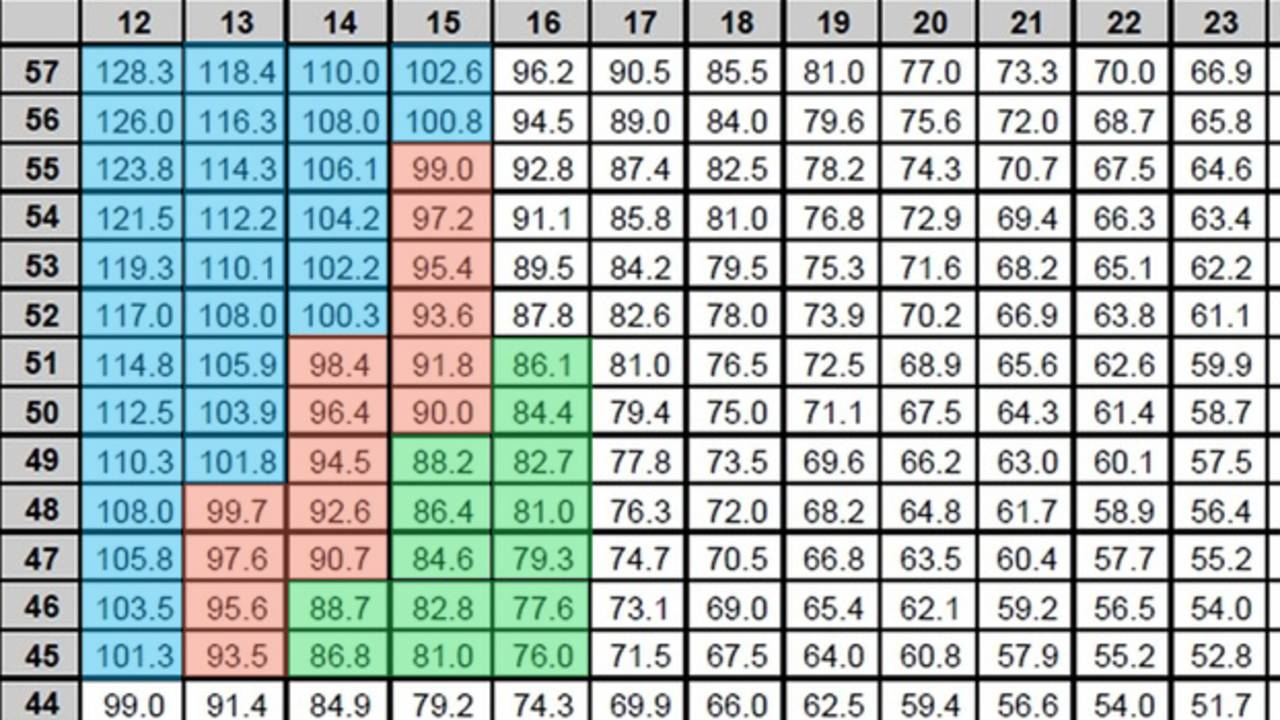 Understanding Gear Ratios For Performance
Understanding Gear Ratios For Performance
 Bicycle Gear Ratio Chart Page 1 Line 17qq Com
Bicycle Gear Ratio Chart Page 1 Line 17qq Com
 Content Idea Bike Gear Bmx Bikes Best Bmx
Content Idea Bike Gear Bmx Bikes Best Bmx
 Gravel Bike Gearing Ratios Ranges And Speed Lindarets
Gravel Bike Gearing Ratios Ranges And Speed Lindarets
 Colectarea Frunzelor Mus Antarctic Bike Gear Ration Calculator Escapeiasi Ro
Colectarea Frunzelor Mus Antarctic Bike Gear Ration Calculator Escapeiasi Ro
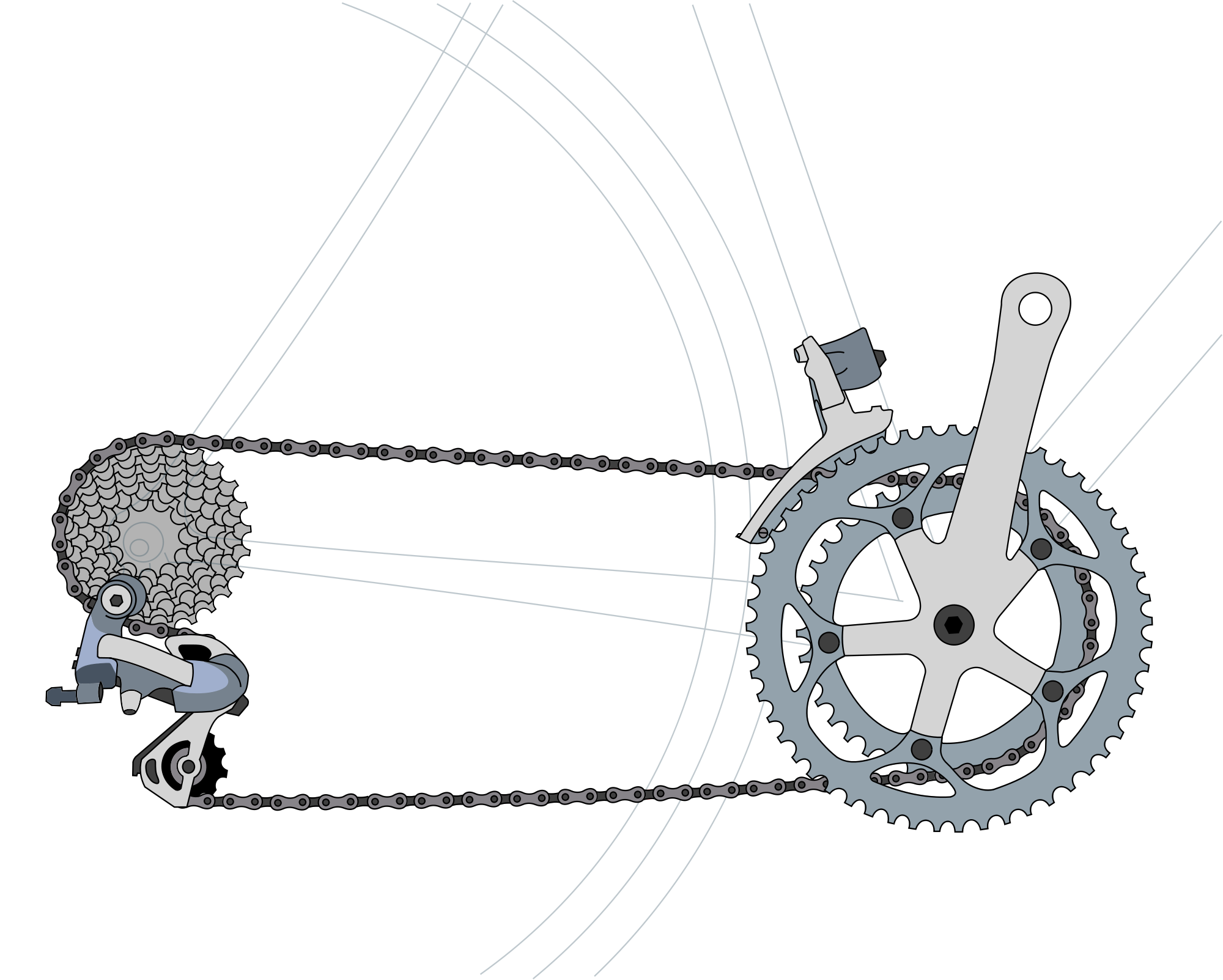 Bicycle Gear Ratios Speeds Gear Inches Bikegremlin
Bicycle Gear Ratios Speeds Gear Inches Bikegremlin
 Bicycle Gear Ratios Speeds Gear Inches Bikegremlin
Bicycle Gear Ratios Speeds Gear Inches Bikegremlin
 Beyond The Big Ring Understanding Gear Ratios And Why They Matter Cyclingtips
Beyond The Big Ring Understanding Gear Ratios And Why They Matter Cyclingtips
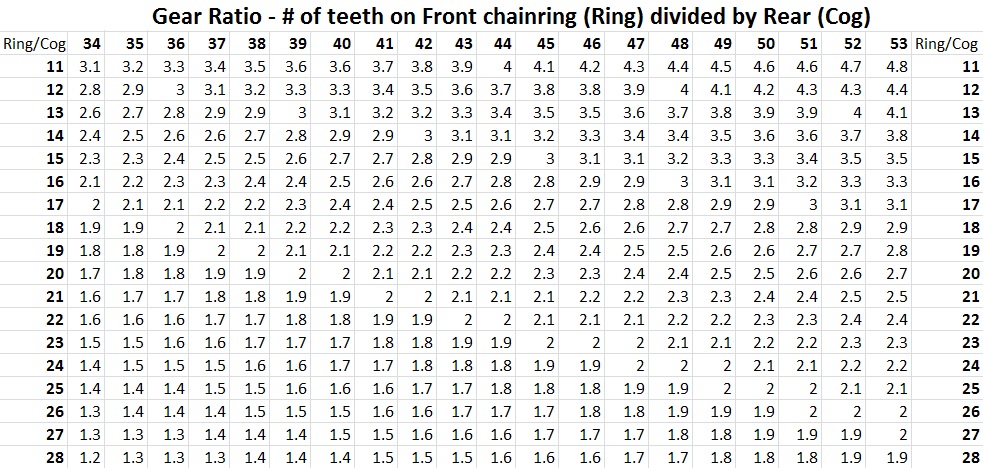 Bike Gear Ratio Chart I Love Bicycling
Bike Gear Ratio Chart I Love Bicycling
 Bicycle Gearing Explained Youtube
Bicycle Gearing Explained Youtube
 Bike Gear Ratio Chart Bike Gear Gears Bike
Bike Gear Ratio Chart Bike Gear Gears Bike
 Beyond The Big Ring Understanding Gear Ratios And Why They Matter Cyclingtips
Beyond The Big Ring Understanding Gear Ratios And Why They Matter Cyclingtips
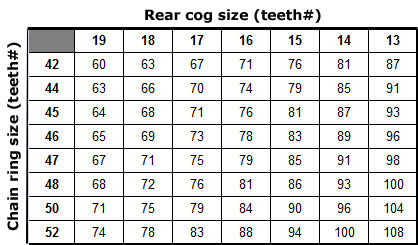
Comments
Post a Comment